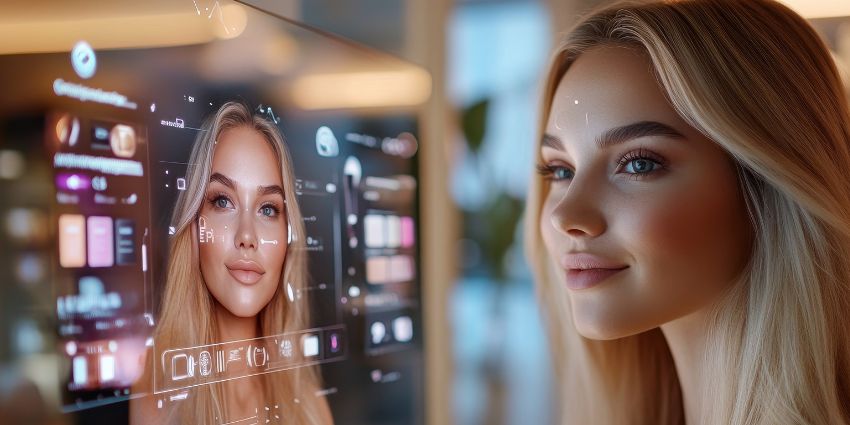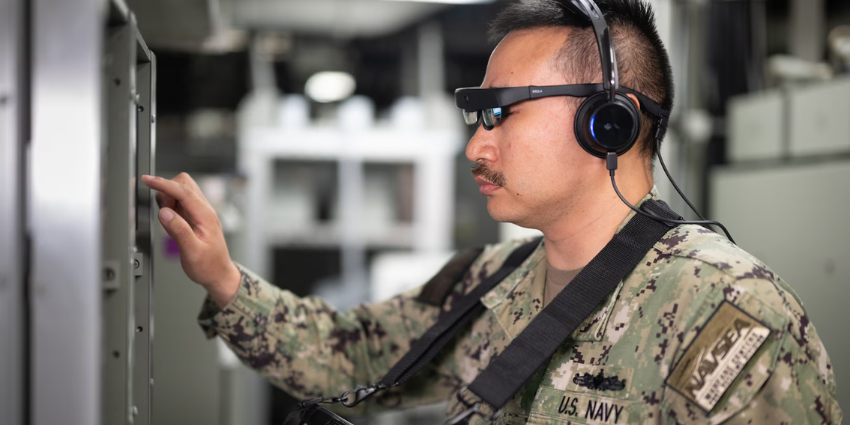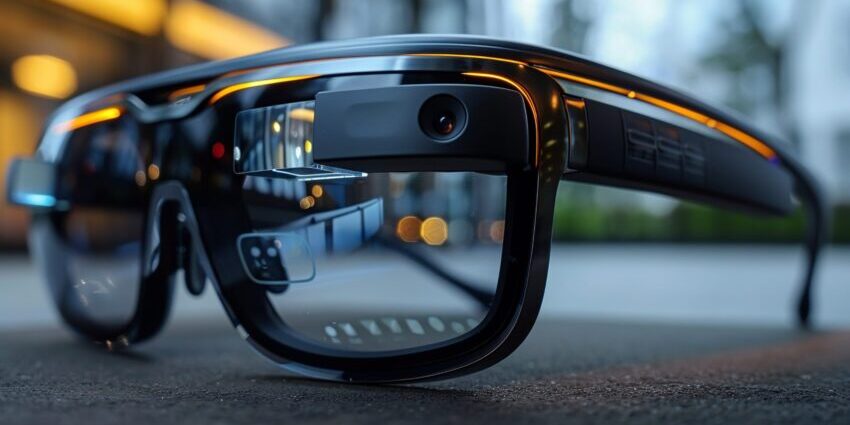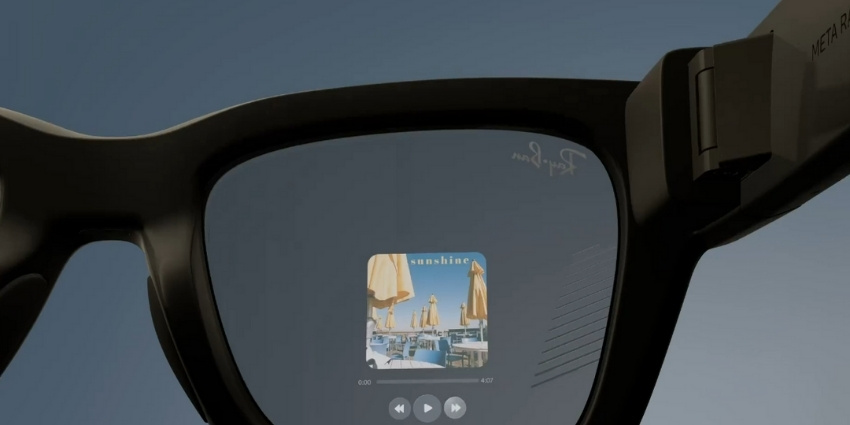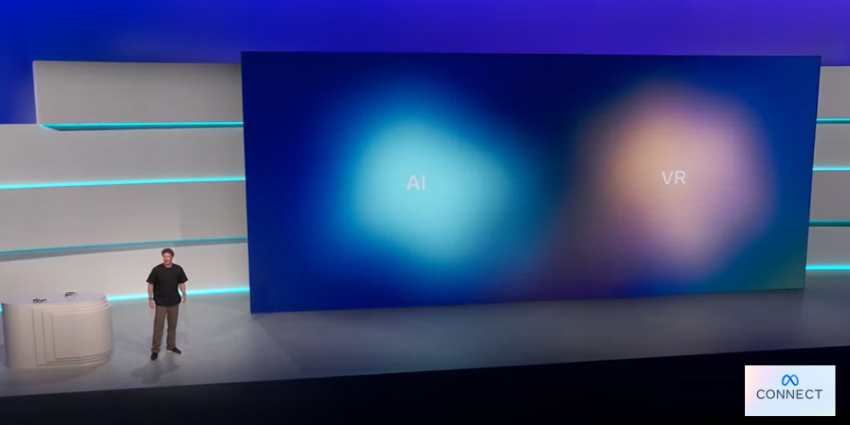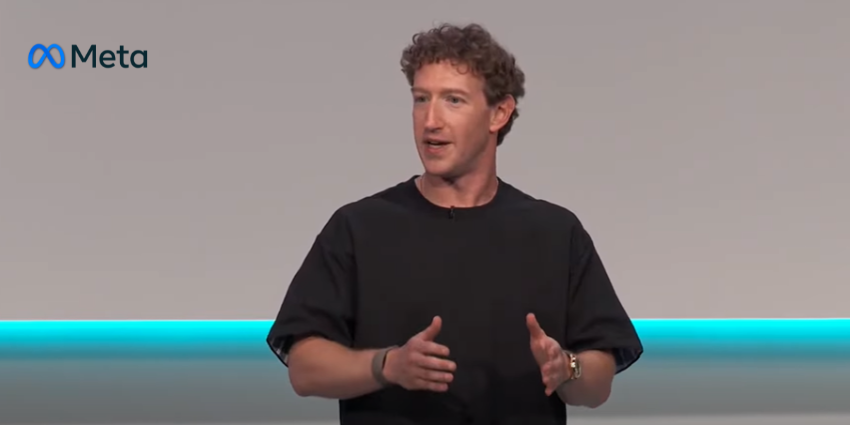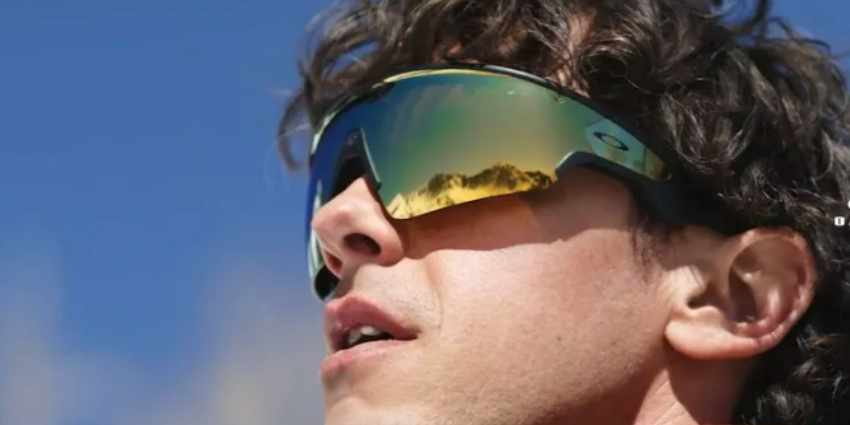In retail, timing is everything.
Technologies can simmer for years before suddenly reaching a tipping point that transforms entire industries.
AR mirrors in retail may be approaching just such a moment. After years of pilot programs, the technology has quietly evolved from a flashy gimmick to a serious business tool with measurable impact.
With a market projected to grow from $10.59 billion to $76.55 billion by 2032, the question isn’t whether AR mirrors will reshape retail – it’s how quickly that transformation will unfold.
Roll With It: Manchester is Leading Change Again
Manchester has a habit of shaping the future of industry.
The city that sparked the Industrial Revolution with its cotton mills and textile innovations is once again helping to effect transformation – this time in retail technology.
Spanish clothes retailer Bershka opened at Manchester’s Trafford Centre last week – but this was no ordinary store.
The brand’s new northern flagship store introduced AR Mirrors that let shoppers virtually try on products using real-time Snapchat filters, share looks on social media, and connect to digital fitting rooms – all without entering a changing room.
Manchester’s mills once changed how the world made clothes, these mirrors and the technology behind them could reshape how we buy them.
It’s a glimpse of retail’s future, powered by some eyebrow-raising numbers.
Retailers using virtual try-on technology report 200% higher conversions and a 25% reduction in product returns. Meanwhile, 71% of shoppers say they would shop more frequently when using AR-powered apps, and 40% of consumers indicate they would pay more if they’re able to test a product in AR.
Perhaps most telling: customers who use AR apps are 19.8% more likely to make a purchase than those who don’t.
The $76 Billion Opportunity
Bershka isn’t alone in driving change.
H&M launched virtual clothing lines in the metaverse, while Burberry partnered with Google to bring 3D product visualization directly to search results. Zalando’s “Try On” feature through Snapchat saw over 30,000 customers use the technology across just two product ranges.
Even luxury brands like Fendi created virtual dressing rooms that maintained the personal relationships with client advisors that define high-end shopping.
Yet despite years of promise, widespread AR adoption has remained elusive across industries. The technology often felt like a solution searching for a problem, with clunky interfaces and limited practical applications.
That’s changing as hardware improves, costs drop, and post-pandemic consumers normalize digital interactions.
Beyond Fashion: The B2B Potential
While retail dominates current AR mirror applications, the technology’s potential spans multiple industries.
Automotive showrooms could let customers visualize custom paint colors and interior options without physical inventory, while real estate firms could showcase furniture arrangements in empty properties. Healthcare applications include telemedicine consultations where patients demonstrate symptoms to remote specialists, and beauty salons could offer virtual consultations for hair colors before committing to changes.
Hotels present particularly interesting opportunities – from virtual styling sessions for event guests to helping visitors visualize local attractions. Even B2B manufacturing shows promise, with equipment suppliers demonstrating machinery placement in factory configurations and office furniture companies helping businesses visualize workspace layouts.
The Tipping Point Arrives
With Generation Z digital natives entering peak spending years, and the technology now offering 4K real-time rendering, the business case is compelling. For a retailer with $100 million in annual sales, AR mirrors could save $5-7.5 million annually in return processing costs alone.
Research by Snapchat found that AR experiences are 82% more likely to be recommended to others, we may be approaching a tipping point similar to mobile commerce. Bershka’s Trafford Centre experiment isn’t just about selling clothes – it’s a preview of how business spaces might function in an increasingly digital world. The mirror revolution may have started quietly in Manchester, but its reflection could soon be visible across industries worldwide.
